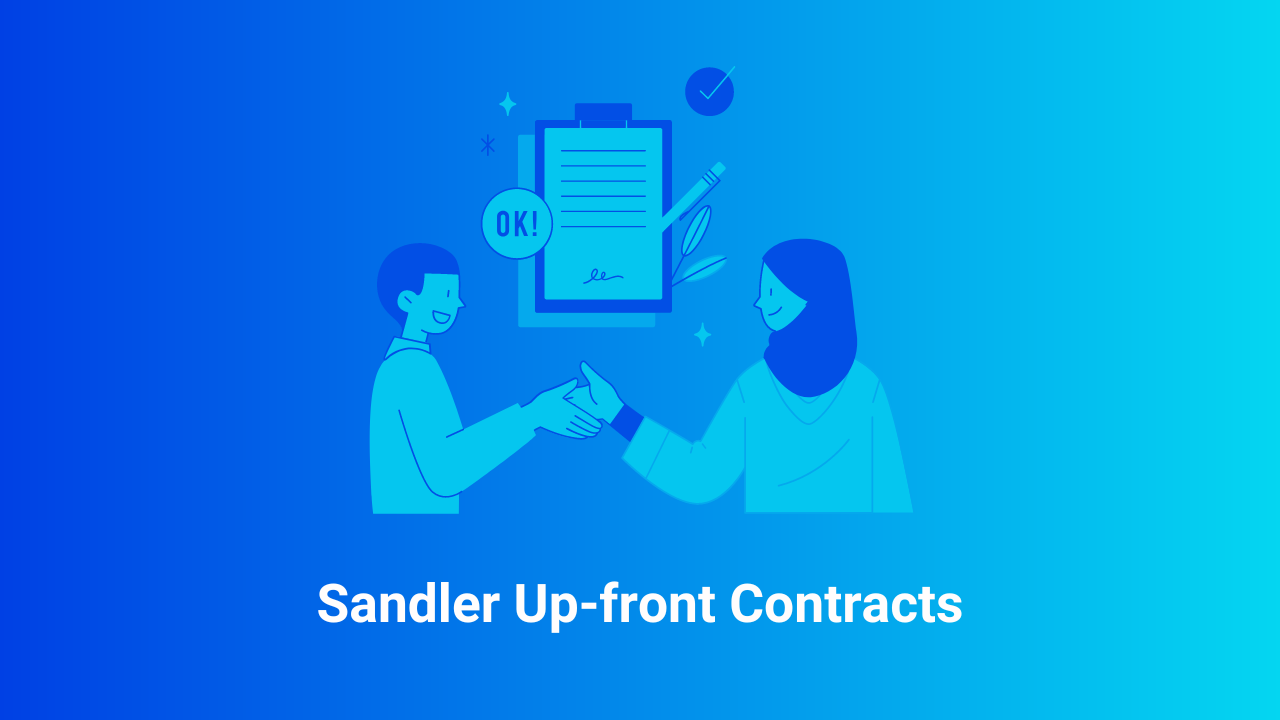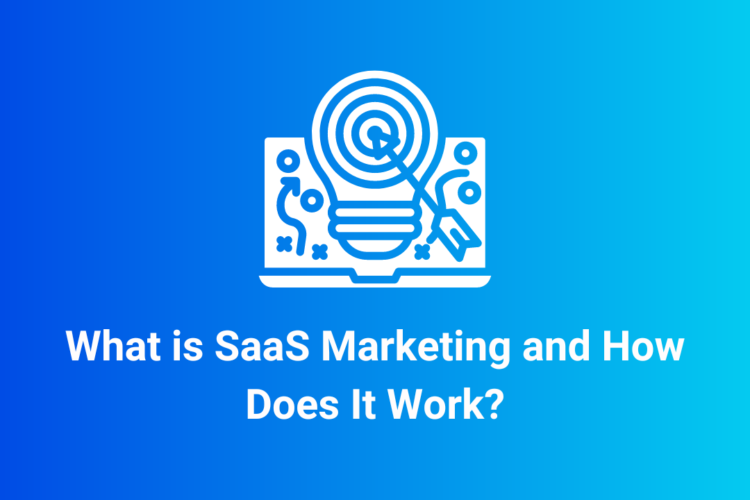
In the realm of sales, effective communication and clear expectations are key to building successful and enduring client relationships. One technique that has gained significant attention in this arena is the Sandler Up-front Contract. This innovative approach to sales interactions emphasizes clarity, mutual agreement, and transparency, setting the stage for productive conversations and successful outcomes. In this article, we will delve into the concept of Sandler Up-front Contracts, understand their significance, and explore three illustrative examples showcasing their application.
What are Sandler Up-front Contracts?
At its core, a Sandler Up-front Contract is a verbal agreement that takes place at the beginning of a sales conversation between a salesperson and a prospect. This agreement establishes the ground rules for the interaction, defines the objectives of the conversation, and outlines the steps that will be taken during the process. This technique was developed by David Sandler, a renowned sales trainer, and it serves as a foundational element of the Sandler Selling System.
Why Use Sandler Up-front Contracts?
Sandler Up-front Contracts offer a multitude of benefits that can significantly enhance the sales process:
- Clarity: By explicitly discussing the purpose and goals of the conversation, both parties gain a clear understanding of what to expect.
- Mutual Agreement: The contract ensures that both the salesperson and the prospect are on the same page, fostering a sense of cooperation.
- Transparency: Openly discussing the steps and potential outcomes promotes trust and credibility.
- Control: The salesperson retains control over the conversation, guiding it towards a productive direction.
- Respectful Exit: If it becomes clear that the prospect is not a good fit, the contract provides an easy and respectful exit strategy.
Crafting a Sandler Up-front Contract: A Step-by-Step Guide
In the world of effective sales communication, mastering the art of creating a Sandler Up-front Contract can elevate your interactions to a whole new level of clarity and mutual understanding. This step-by-step guide will walk you through the process, ensuring you’re equipped to forge successful connections right from the start.
- Greet and Build Rapport: Begin with a friendly greeting and engage in small talk to establish a rapport with the prospect.
- Introduce the Up-front Contract: Politely introduce the concept of the Up-front Contract by explaining that you would like to outline the objectives and expectations of the conversation.
- State the Purpose: Clearly state the purpose of the conversation. For instance, if you are discussing a product or service, express your intention to understand the prospect’s needs and determine if your offering is a good fit.
- Ask for Agreement: After explaining the purpose, ask for the prospect’s agreement or permission to proceed with the conversation under the outlined terms.
- Outline the Process: Briefly outline the steps that will be taken during the conversation. This might include asking questions, sharing information, and discussing potential solutions.
- Address Timeframe: Specify the estimated duration of the conversation. This ensures that both parties allocate an appropriate amount of time for the discussion.
- Set Expectations for Next Steps: If the conversation progresses positively, clarify the potential next steps. This might involve scheduling a follow-up meeting, providing additional resources, or arranging a demonstration.
Examples of Sandler Up-front Contracts in Action
Example 1: Software Solutions Sales
Salesperson: Good morning, Ms. Anderson. Thank you for taking the time to speak with me today. Before we dive in, may I outline how our conversation will unfold?
Prospect: Of course, go ahead.
Salesperson: Wonderful. Our goal for this conversation is to understand your business’s software needs and determine if our solutions align with those needs. If it turns out that they don’t, we’ll part ways with no hard feelings. Is that agreeable to you?
Prospect: Absolutely.
Salesperson: Perfect. I’ll begin by asking a few questions about your current systems and challenges. Once we have a clear picture, I’ll share how our software can address those challenges. If you’re interested, we can explore a tailored demonstration. Does that sound like a plan?
Prospect: Yes, that sounds good.
Example 2: Consulting Services
Salesperson: Good afternoon, Mr. Johnson. I appreciate the opportunity to discuss your company’s consulting needs. Before we proceed, may I outline our approach for this conversation?
Prospect: Please do.
Salesperson: Certainly. Our objective today is to gain insight into your business’s goals and challenges. If it becomes evident that our consulting services aren’t a suitable match, we’ll respect your time and conclude the conversation. Is that acceptable?
Prospect: Agreed.
Salesperson: Excellent. I’ll start by asking about your company’s current strategies and areas where you seek improvement. Following that, I’ll highlight how our consulting expertise aligns with your needs. Should there be interest, we can delve into the specifics of a potential collaboration. How does that sound?
Prospect: That works for me.
Example 3: Financial Planning
Salesperson: Good evening, Mr. Roberts. Thank you for giving us the opportunity to discuss your financial planning requirements. Before we proceed, may I take a moment to explain how our conversation will unfold?
Prospect: Of course, please go ahead.
Salesperson: Great. Our aim today is to understand your financial goals and ascertain whether our planning services are a suitable fit. If it turns out that they aren’t, we’ll conclude our conversation appreciating the chance to connect. Does that sound reasonable?
Prospect: Absolutely.
Salesperson: Perfect. I’ll start by asking about your long-term financial objectives and any concerns you might have. Once I have a clear picture, I’ll outline how our planning approach aligns with your goals. If you’re interested, we can then discuss the steps to move forward. How does that plan sound?
Prospect: That sounds like a good approach.
Conclusion
In the world of sales, effective communication is the cornerstone of building fruitful partnerships. The Sandler Up-front Contract technique paves the way for transparent, respectful, and mutually beneficial interactions between salespeople and prospects. By establishing clear expectations and objectives from the outset, this approach not only enhances the likelihood of successful deals but also contributes to the overall reputation and trustworthiness of the salesperson.
FAQs
Is the Sandler Up-front Contract suitable for all types of sales conversations?
While the concept can be adapted, it’s most effective in situations where a transparent and respectful dialogue is crucial, such as complex or high-value sales.
What if the prospect refuses to agree to the Up-front Contract?
If a prospect is unwilling to engage in the contract, it might indicate a lack of openness or compatibility. It could be a signal to reassess the fit between the two parties.
Can the Up-front Contract be used in non-sales interactions?
Absolutely. The principles of transparency, clarity, and mutual agreement can be applied to various communication scenarios beyond sales, fostering productive conversations in any context.


